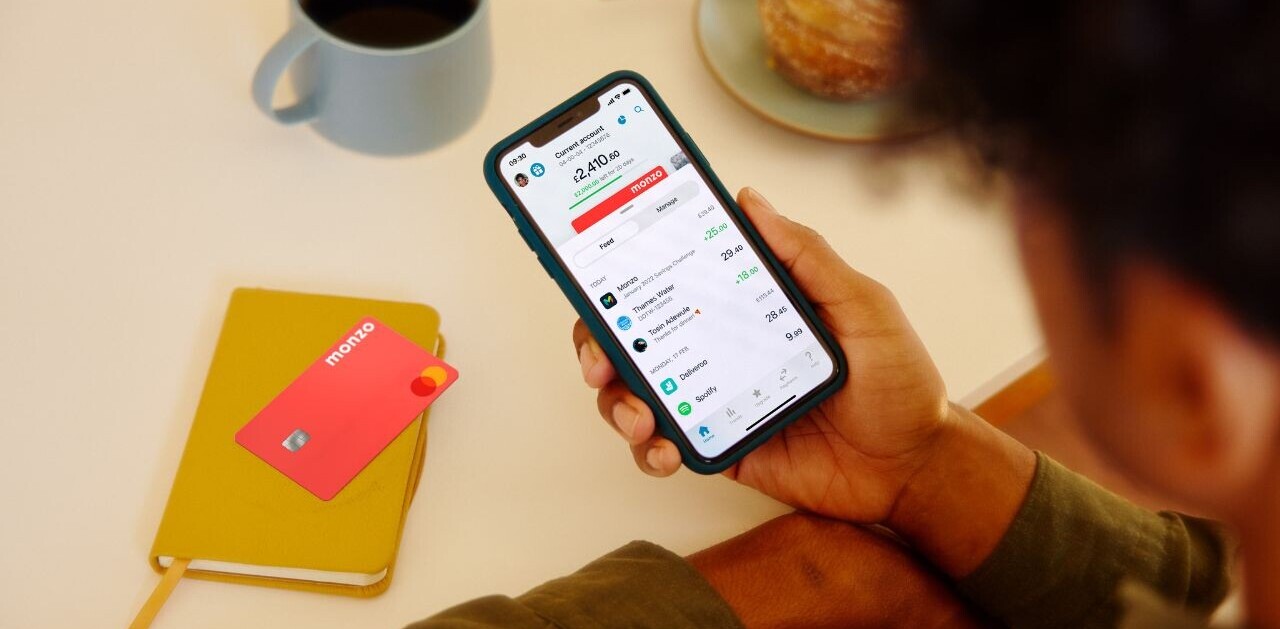
2018 has brought open banking to Europe.
On January 13th, 2018, after more than two years of planning, the Payment Services Directive 2 (PSD2) arrived in Europe. This directive has for the first time forced European banks to open up their API’s to fintech and other financial companies. This change will give these companies access to payment data, which means there will be more competition in areas that banks have traditionally dominated. As a result, PSD2 is changing and will continue to change the relationships between consumers and financial institutes.
So, what is PSD2, other than a wonky acronym?
Quick history lesson.
The original Payment Services Directive (PSD1) was passed in 2007 to increase competition in the European payments market and to strengthen consumer rights by implementing the same set of rules across all of the EU. However, despite reform, lack of competition persisted and as result, in 2017 still as few as three percent of European consumers reported buying banking products from another EU country. Further, by 2015 as technology progressed the PSD framework did not adequately cover and regulate new players in online payments.
To address this, the Council of the European Union passed PSD2 in November 2015 to create safer and more innovative payments. The new rule was created to better protect customers online, promote innovation in online and mobile payments through online banking, and to improve cross-border EU payments. Commissioner Jonathan Hill, upon passing PSD2, said, “This legislation is a step towards a digital single market; it will benefit consumers and businesses and help the economy grow.”
While PSD2 also increased security on online payments, the crux of the directive was a new mandate that banks open their APIs and customer data – upon customer consent — to third-party companies. These APIs (how APIs work) for the first time could provide third-party developers with channels to get to bank’s customer data (except for customers’ spending habits or credit history) and build their own products and services around it.’
What does this mean for banks and customers?
This seemingly small change is a sea-change for banks in Europe. In this new world of retail banking, the ability to directly serve and add value to customers will no longer be owned by banks but shared with fintech and tech companies, retailers, and telecommunications firms. The new competition will enjoy competitive advantages because they can enter the financial market without the heavy compliance and infrastructure which banks are required to maintain.
This new, more competitive world, could be bad news for banks that, content with the status quo, haven’t and don’t want to innovate. To those that do, however, it actually offers new opportunities. And it’s definitely great news for customers: More than ever, the power of choice is now in their hands.
Already 37 percent of European consumers say they would change their bank if it did not offer them up-to-date technology. Up until now, many banks have traditionally been hesitant to embrace new technology, as old business models gave them full control, as such the standard for up-to-date tech has been relatively low. With the passage of PDS2 and the arrival of fintech, banks will be forced to compete against, and as a result, offer what their customers consider up-to-date technology.
Further, customers who feel their needs aren’t being met will no longer be tethered exclusively to their banks’ services. Instead, customers will be able to choose other services for discrete pieces of their financial needs even while they continue to bank with their traditional bank.
How can traditional banks use this to their advantage?
To do so, banks need to adapt to these changes and quickly. For banks willing to do this open banking could not just be a challenge to overcome, but a key strategic opportunity. Even in the absence of open banking, research shows that many of banks’ most important customers are already at risk of leaving in favor of “aggregators”.
By collaborating with fintech providers, banks can become the ecosystem or platform for aggregation of financial services themselves in order to ensure they remain relevant and are ready to meet consumers’ needs today and in the future. Open banking, which encourages partnership with the fintech sector, can help forward-thinking banks achieve this transition by bringing engaging services to market faster and cheaper than they would be able to themselves.
Roland Booijen, Director of Apps and Digital Innovation for ABN AMRO, says that banks need to prepare for and embrace this paradigm shift because, “while we are used to having our own channels, now in order to integrate and enhance the customer experience we need to partner with other companies.” While he believes that this paradigm shift will absolutely make the banking industry more competitive, he thinks that is actually a good thing because it will drive innovation and provide greater value to customers.
He also believes open banking will create a strategic opportunity for banks to provide greater differentiation between them and their competitors, and in doing so again providing more choice for customers. “Every bank will choose different positions in the market based on their DNA. Ours is based on being a well-trusted customer advisor and the ability to create fitting customer solutions. Last month, together with our fintech partner CLS, we launched a new lending solution called Tweadle, which integrates our lending solutions into third-party platforms.”
There are in fact several different approaches available to banks trying to adapt and optimize their services for the open banking world. They can try to build expertise for innovation in-house (ie. Danske Bank’s MobileLife), they can pursue a platform approach building a network of native and partner applications while also acquiring companies to add to their offerings, or they can focus on collaboration and take an ecosystem approach by adding third-party capabilities to their core business offerings and voluntarily opening their APIs, thereby creating innovative business models and sources of revenue.
One way or another, banks will have to adapt and they might not all be ready. Booijen says, “It will be a mixed picture. The banks that are truly ready will set the pace and everyone else will just have to follow.”
Get the TNW newsletter
Get the most important tech news in your inbox each week.
Whatever your specialism, with ABN AMRO your talent and creativity will help build the bank of the future. Find out what it’s like to work for ABN AMRO and learn more about their exciting job opportunities.





